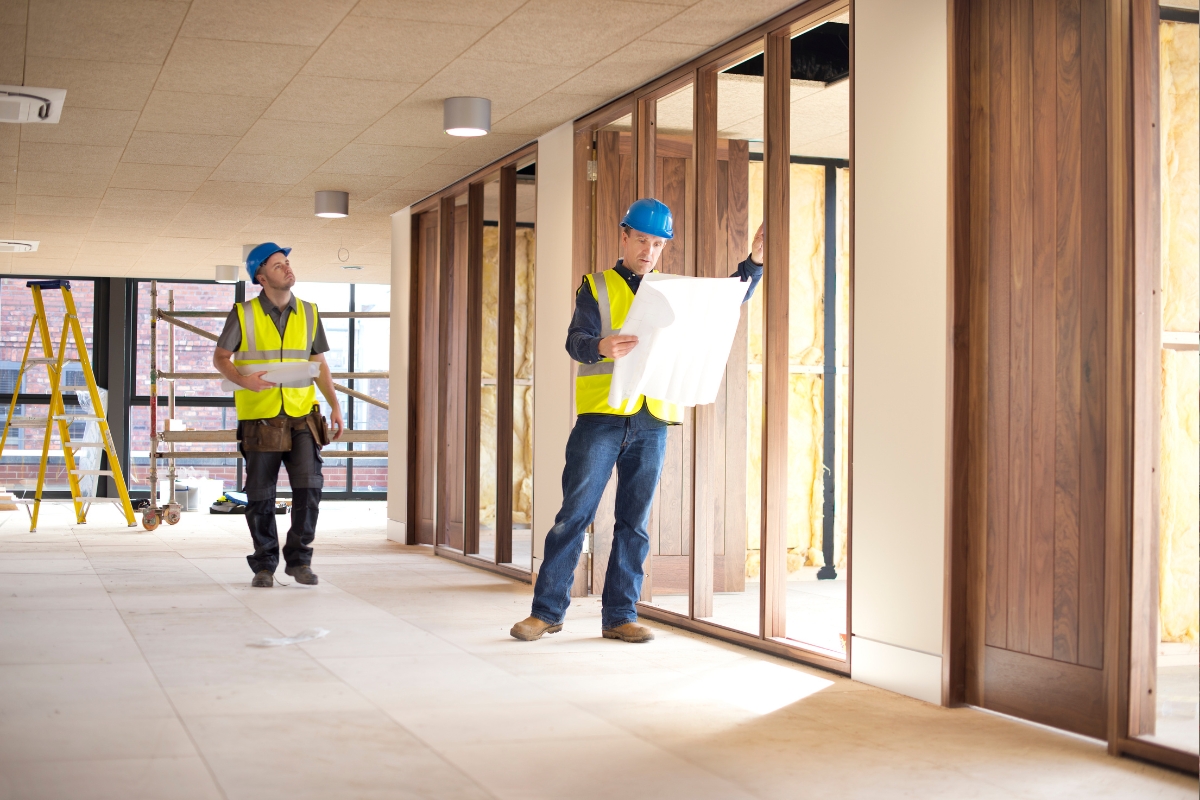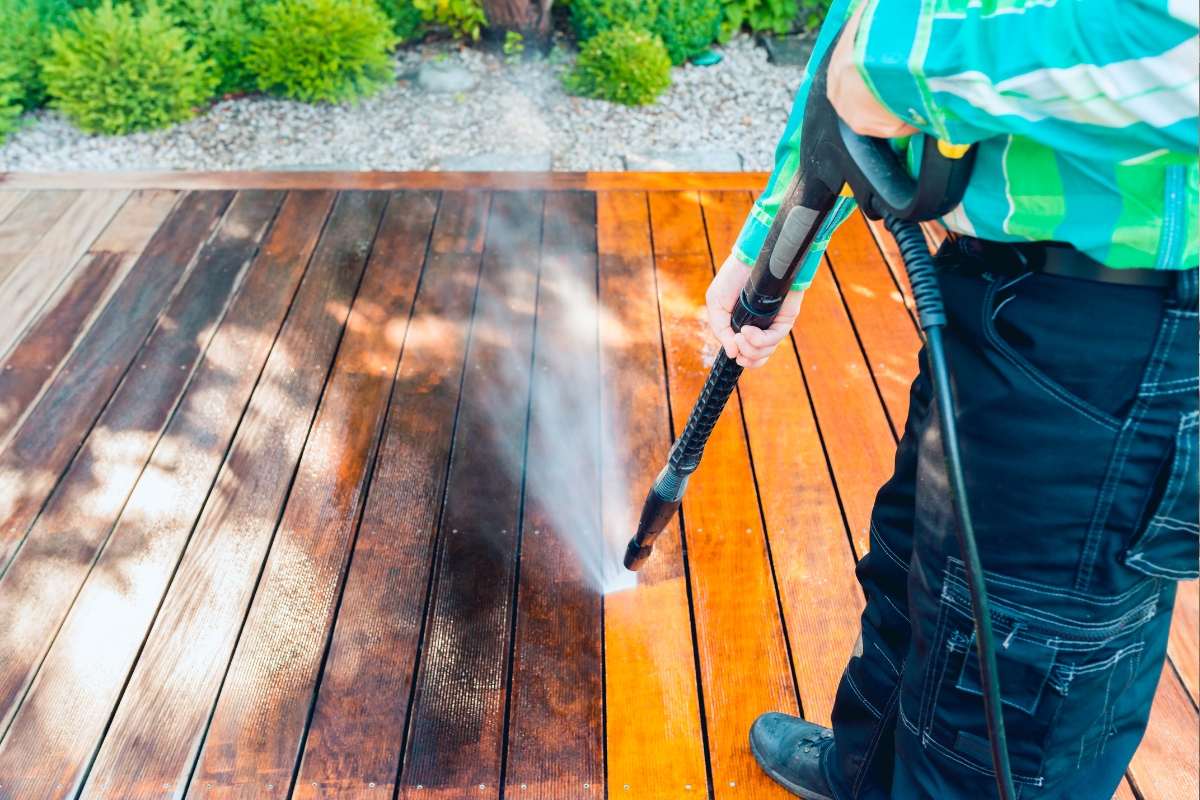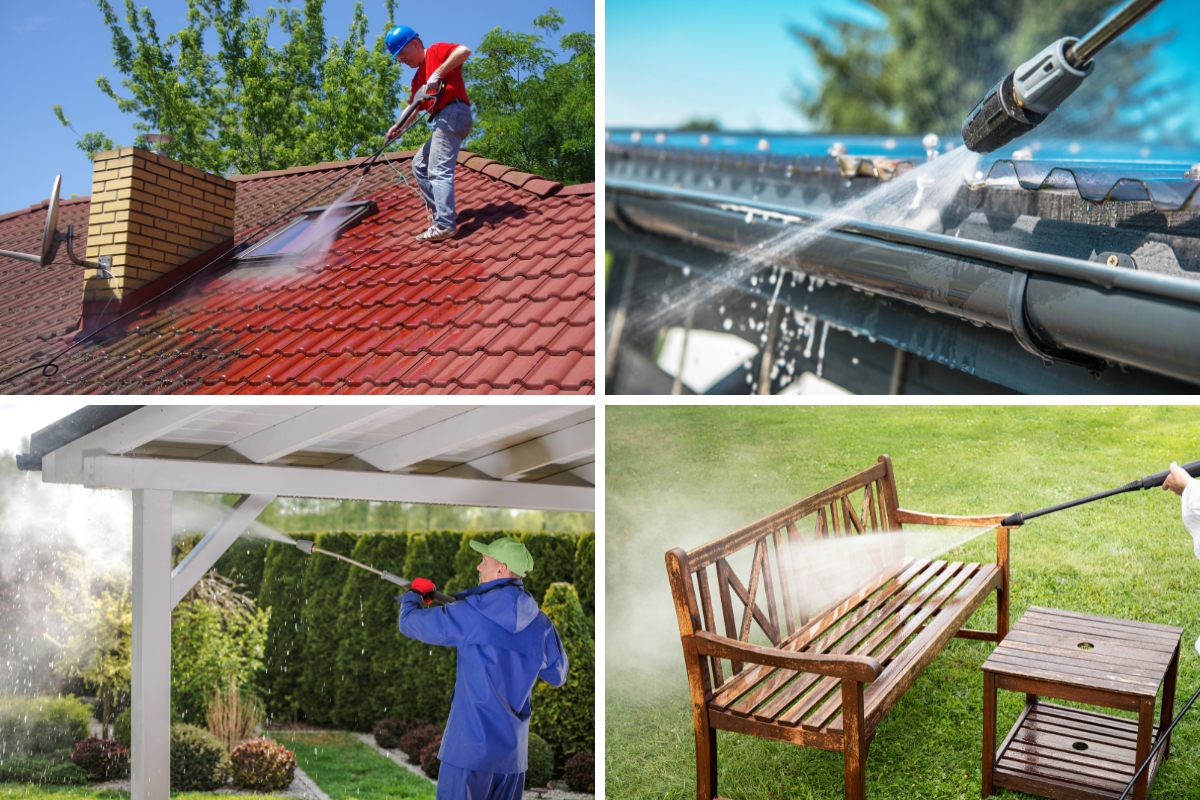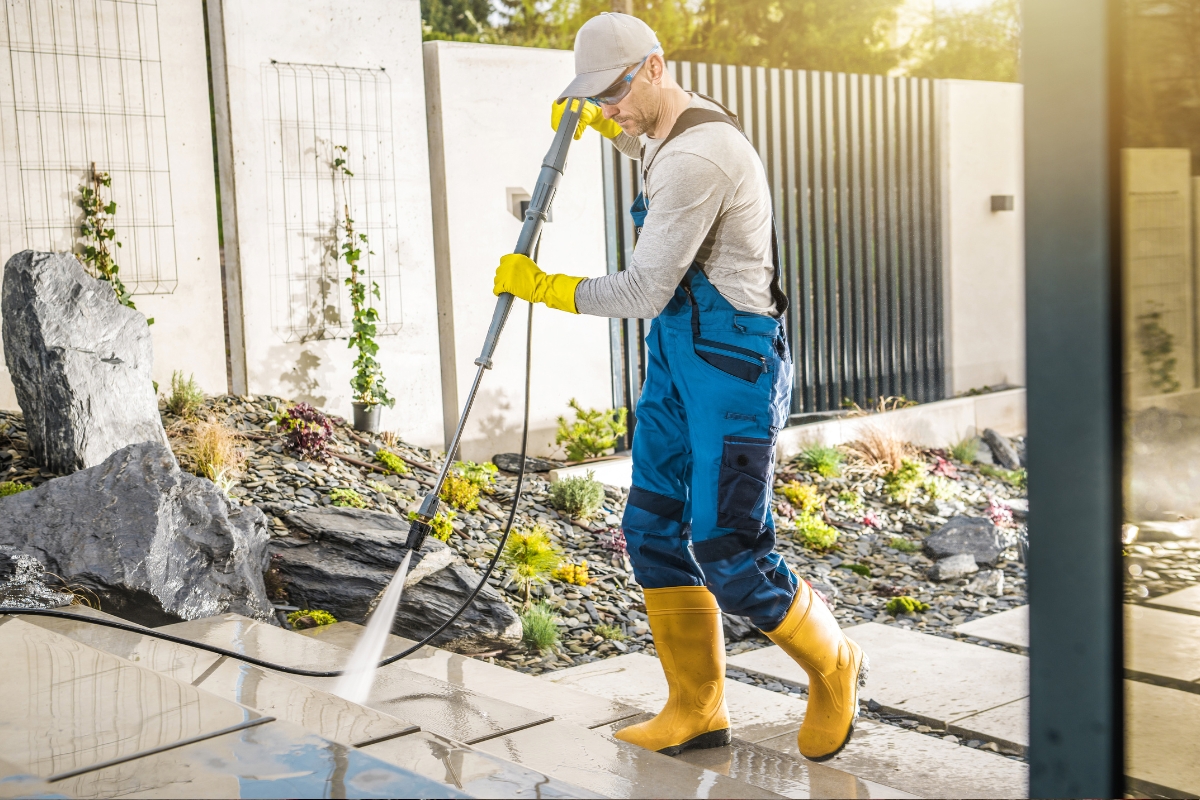Deciding to start a new building project can be one of the biggest projects you will undertake. However, many people don’t realise that there are more steps to starting construction projects than just the physical work of building.
From creating a building plan, to finding the right resources and equipment, to determining the timeline and budget of your build, to deciding what trades you need, all construction projects need careful planning to succeed.
As a result, getting the timing right for each step of the project is critical to making sure your project is completed on time and within budget.
But what are the steps to a successful build? And when is the best time for starting construction?
Building is not just about shelter. It’s about realizing dreams, making statements, creating spaces where life happens.
John “Architect” Aarons
The 5 Essential Phases To A Construction Project
The ways that the phases of a construction project is defined can change between businesses. However, the essential phases always stay the same: Project Initiation, Design, Procurement, Construction and Monitoring, and Handover.
Phase 1: Project Initiation
All projects need project planning, and starting construction projects are no different. This phase is the most important part of the entire project, because this is when you decide what you need, what you want, and if you have the resources to successfully complete your project.
If you are considering a residential build, you will need to factor in the costs of balancing any existing mortgages or rents with the cost of the build. If you are considering a commercial build, you will need to consider if you need to change your employee’s existing work arrangements or pause your business’ operations, and how this will affect your construction project.
This phase is also when you decide where you will be starting construction. Do you need to buy land? Are you renovating an existing build? If you are renting, do you need to get permission from the landowners?
Phase 2: Design
Now that you know exactly what you are working with, it’s time to move onto Designing your project.
During this phase, the comprehensive plans for your build’s final design is drawn up, and the preparation you need to start construction happens.
For example, you may design a project roadmap with a clear and concise timeline. You may speak with engineers and builders, suppliers, your landlord, or Councils to get any permission, quotes, or calculations you need.
By the end of the design stage, it should be clear to everyone how and when you will be completing the construction.
Phase 3: Procurement
This stage is sometimes merged into the Design phase as it involves sourcing, purchasing, and transporting the materials, equipment, and services you need for your construction project.
By ensuring that all materials and equipment have been secured, you and any hired tradespeople can rest easy knowing that you will have everything you need when you need them.
Be aware that there may be supply issues with some of the materials you want to use. Be sure to research these issues and factor them into your project’s planning.
Phase 4: Construction and Monitoring
Finally, we have reached the point in your project where you can finally begin physical building work.
Once you have begun construction, this phase will mostly involve any contractors and subcontractors performing their tasks as planned in the previous phases, such as laying foundations, putting in framing structures, and installing your decided utilities and systems.
If your build is located outdoors, be aware that weather conditions can affect your project’s timelines.
Phase 5: Handover
And at last, your construction project is complete. Once final inspections are completed by the site supervisor of your build, you are ready to start moving in and using your new building!

So, When Is The Best Time For Starting Construction Projects?
Now that you know what it takes to complete a building project, when should we start?
The simple answer is: now!
Planning can never start early enough, and the more planning you can do beforehand, the better prepared you will be for when construction kicks off in your project.
However, as we mentioned earlier, the physical construction part of your project is more time-sensitive that the rest as the weather can drastically affect the timeline of your build.
Depending on what sort of building project you are looking to do, the ideal season for starting construction can change.
Indoor Construction Project
If your project is indoors, such as remodelling, outfitting, or renovating, starting in Winter or Spring is ideal as it will be unaffected by the usually wetter weather of these seasons. Many tradespeople prefer to work in the cooler months, thanks to the physically taxing nature of most construction work.
Additionally, by starting in Winter or Spring, your project may be completed by Christmas time, avoiding Christmas shutdowns in the construction industry AND allowing you to enjoy your new space throughout the holiday season and into the New Year.
Outdoor Construction Project
Finding the best time to start outdoor construction projects located in the great outdoors can be tricky. Many building companies, including Star PM, advise that Autumn is the best time for starting construction. The weather is dry, making it easy to lay any foundations and/or pour concrete slabs and your contractors can work more comfortably in cooler weather without risking overheating.
Starting construction in Autumn also means that your builders can get complete outer and support walls and a roof up in time for Winter, allowing them to start interior work during the cold Winter months.
Although Spring can also be a great time for starting construction, Spring weather is generally wetter and more temperamental than Autumn. Serious outdoor work can be affected by strong Spring winds and storms. Additionally, starting in the second half of the year means that your project may be put on hold during Christmas and New Year shutdowns in the construction industry, lengthening the timeline of your project.
If you want to start your project in Summer, we would advise for you to plan your build to start later in the season, such as late January or February. December is typically one of the busiest times of the year as the construction company rushes to complete jobs ahead of their Christmas closures. You may also face delays from supply companies in early January as they get back into gear after the holiday season.
Kickstart Your Construction Project
It can feel overwhelming to start any building project, especially if this is your first construction project ever.
Ensuring that you have a strong and experienced team to help and support you through all the phases of the project will make your build go smoother, quicker, and give you the peace of mind that your project is being built properly.
Let us help you achieve your dream build. Contact Star PM for a consultation today.








